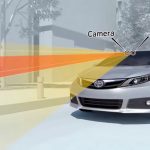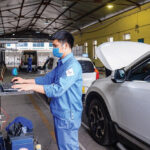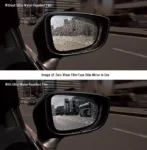The increasing size of cars has made the streets more crowded. Moreover, it has increased the risk of fatalities in collisions between cars and pedestrians and cyclists.
The European Transport and Environment Federation (Transport & Environment – T&E) has planned a campaign to urge lawmakers to set limits on the size of new cars, especially SUVs. According to the organization, the growing size of cars has increased the risk to road safety.
According to Transport & Environment’s report, new passenger cars have been widening by 1 cm every 2 years. The average width of cars has increased to 180.3 cm in the first half of 2023, from 177.8 cm in 2018. Data compiled by ICCT confirms the trend of cars becoming larger in the past two decades until 2020.
All new cars in the EU currently comply with a maximum width limit of 255 cm. However, T&E believes that lawmakers should consider setting appropriate limits for each type of vehicle, unless they want SUVs to become as large as trucks.
James Nix, T&E’s Director of Policy for Vehicles, said: “Cars have been getting wider for decades and this trend will continue until we set tighter limits. Currently, the law allows a car to be as wide as a truck. As a result, large SUVs and American-style pickups are endangering pedestrians, cyclists, and all road users.”
T&E’s research also shows that among the top 100 best-selling models in 2023, 52% of cars sold exceeded the minimum designated parking width (180 cm) in major cities, including London, Paris, and Rome. Now, on-street parking spaces have become narrow even for average-sized new cars (180 cm wide), while large luxury SUVs are no longer suitable. With a width of about 200 cm, large luxury SUVs provide too little space for passengers to get on and off.
Despite the increasingly crowded urban areas, luxury SUVs continue to increase in size. For example, the Land Rover Defender has increased by 20.6 cm compared to the previous version, the BMW X5 has increased by 6 cm in just six years, and the Volvo EX90 has increased by 4.1 cm compared to the XC90. Not only large models, but manufacturers also apply the trend of increasing the size to medium and small models. Therefore, most new-generation models are much larger than their predecessors.
In most cases, new cars are larger in width, length, and height than older models. According to T&E, this increases the danger in collisions. Recent statistics have shown that a 10 cm increase in the height of the front of the car increases the risk of fatalities in collisions with pedestrians and cyclists by 30%. In addition, the expanding size of cars combined with an increasing number of vehicles each year has made the available space for traffic narrower, leading to an increased risk of accidents.
Some cities in Europe have implemented tighter parking regulations for SUVs. In the near future, residents of Paris will vote on a proposal to triple the parking costs for large cars. If approved, the new measure in the French capital will set an important precedent for other areas considering similar changes.
Barbara Stoll, T&E’s Clean Cities Campaign Director, said: “SUVs are a threat to urban structures. Unless we take action now, more and more of our valuable public spaces will be taken away from people by ever-larger cars – this is not the cleaner, brighter, and greener future that people want.”
T&E suggests that EU lawmakers should reconsider the maximum width of new cars when updating regulations in the coming months. Furthermore, city authorities should regulate parking fees and tolls based on the size and weight of vehicles, so that large SUVs and luxury pickups pay more when using more space.
Thái Sơn (Tuoitrethudo)
Reference: Transport & Environment
Ford introduces advanced camera-based lighting system
Ford has recently unveiled its latest innovation – an advanced camera-based lighting system. This groundbreaking technology promises to revolutionize the way we see and experience nighttime driving. With enhanced visibility and adaptive lighting capabilities, this cutting-edge system is set to redefine safety and comfort on the road. Ford continues to push the boundaries of automotive engineering, raising the bar for intelligent lighting solutions. Stay tuned for more updates on this game-changing development from Ford.
Private cars with up to 9 seats can now extend automatic inspection cycles starting June 3, 2023.
The inspection agency plans to establish a comprehensive information retrieval system that includes the validity period of certification documents and inspection stickers. They aim to create a user-friendly platform where vehicle owners can effortlessly search and retrieve this essential information.
Ford introduces First Aid Skills Sharing project, boosting community’s understanding of first aid
Ford Vietnam has launched a new initiative called the “Small knowledge – Big safety” project, which aims to equip individuals with basic first aid skills in order to decrease the number of casualties in accidents. This program focuses on sharing essential first aid knowledge that can be applied in various situations in everyday life. By providing the public with these skills, Ford Vietnam hopes to make a significant impact on the community’s safety and well-being.




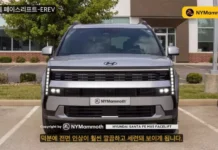




















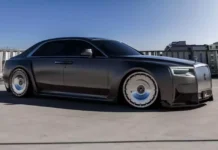
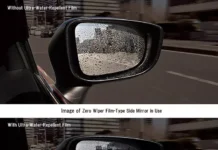



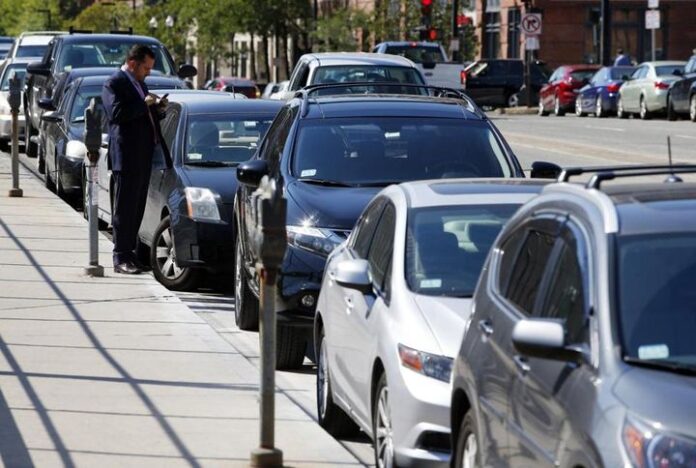
.jpg)
.jpg)
.jpg)
.jpg)
